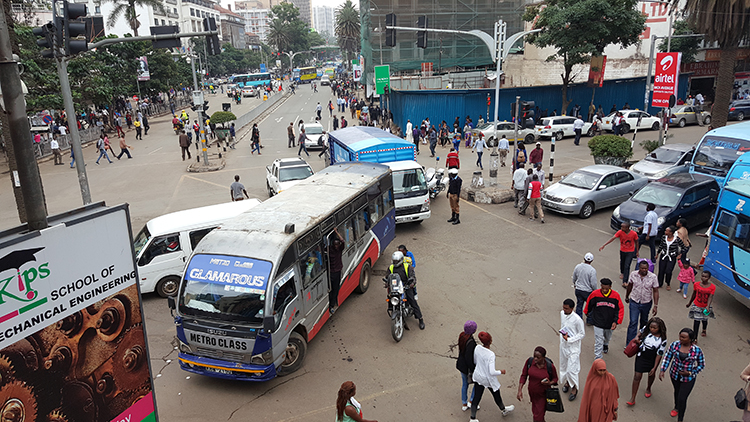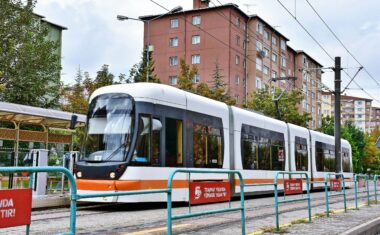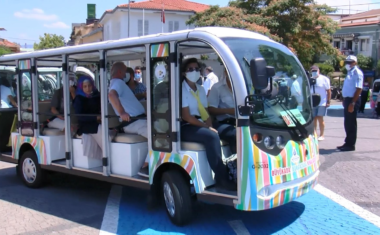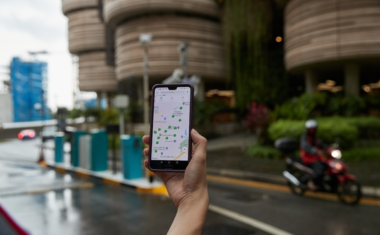Contactless Payments Across Matatu Bus Service
- 4 min to read

About the city. The 2014 Master Plan by the Japan International Cooperation Agency (JICA) estimates that 40% of trips in Nairobi are made by foot, 41% are by public transport, and only 13% are by personal vehicles.
Goal
The aim of the project is to help accelerate the deployment of cashless fare collection in response to the Covid-19 pandemic across the entire Matatu bus service, which is a dominant transport mode across the country and could see up to 10,000 buses become cashless.
Implementation period. The project’s pilot started in 2020.
Fact
- Matatu buses, used by 70% of the Kenyan population, are the dominant mode of transport across the country, where passengers traditionally pay in cash
- By most measures, Kenya is an indicative model for financial integration in Sub-Saharan Africa. In Kenya, home of the widely successful mobile money service M-Pesa, 79% of all citizens over the age of 15 made or received digital payments, according to 2017 Findex data.
Solutions
The O-CITY pilot project was launched in partnership with transport savings and credit specialists NikoDigi and Kenyan payment firm Tracom to accelerate the introduction of cashless fare collection.
O-CITY’s automated fare collection platform uses the M-Pesa mobile wallet, which is used by 90% of the Kenyan population. Passengers enter a code on their phone and a debit is made to their wallet, which can be instantly seen by drivers to grant access to the ride. The platform removes unnecessary tickets and cash payments, instead offering an accessible payment solution that consumers already use, through devices already in their hand.
The O-CITY platform is also designed to make fare collection more transparent between bus owners and drivers. Buses and routes are privately owned by several operators who lease to drivers who must meet daily financial fare goals before earning their own revenue. Fares vary depending on the route and a number of factors, so digitizing transactions provides visibility and reliability of fare data. With heavy traffic on routes in Nairobi, digitizing fare collection also helps eliminate the friction associated with exchanging money and the time spent by drivers to pick up passengers.
Team
NikoDigi, Tracom, BPC
Timeline
With teams on the ground at drop-off points promoting the benefits of this service, buses and drivers can sign up in just 10 minutes. Local marketing on buses also contributes to the development of digital payment for passengers.
If you notice an error or inaccuracy in our editorials, please email [email protected] so we can look into it.






